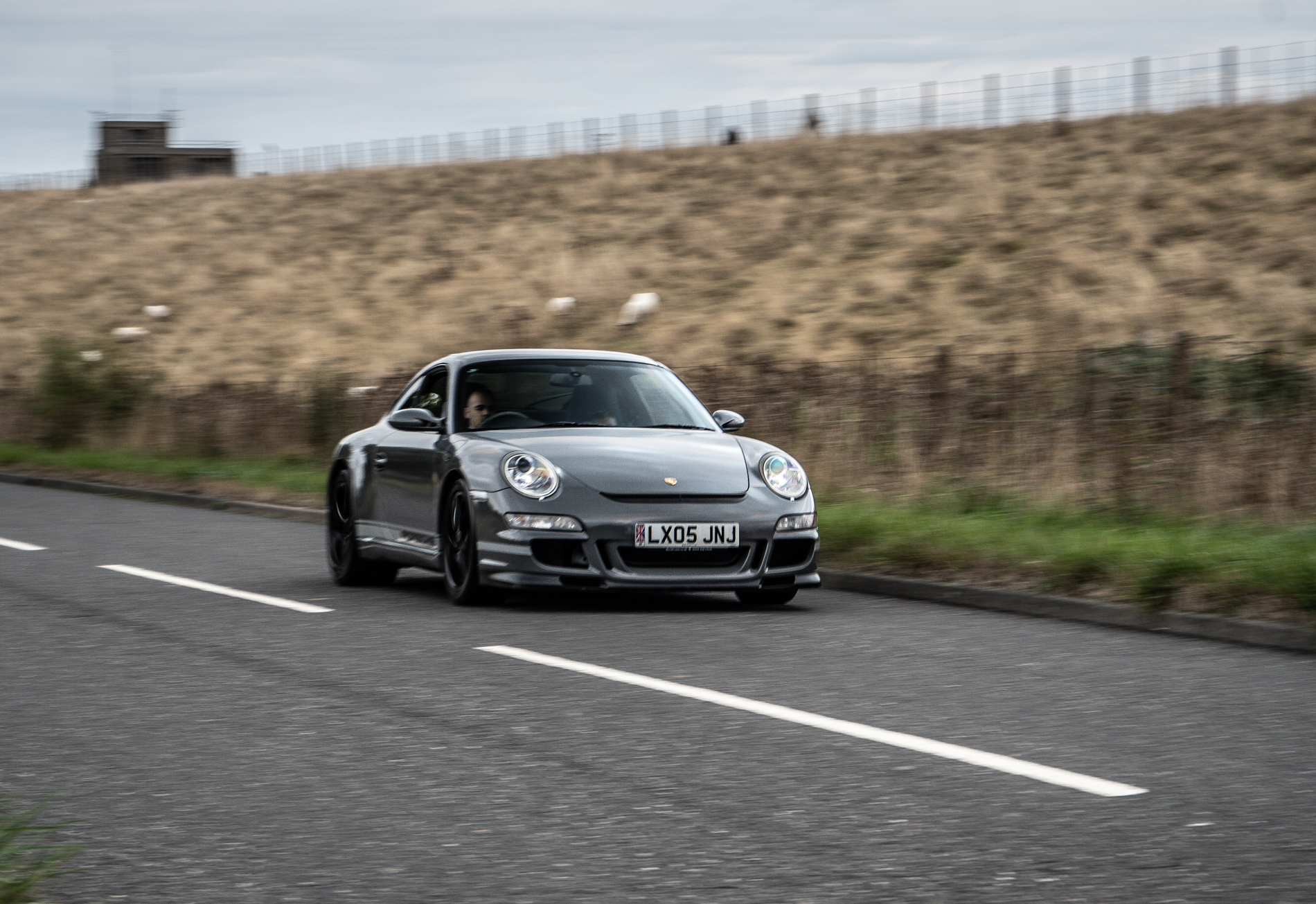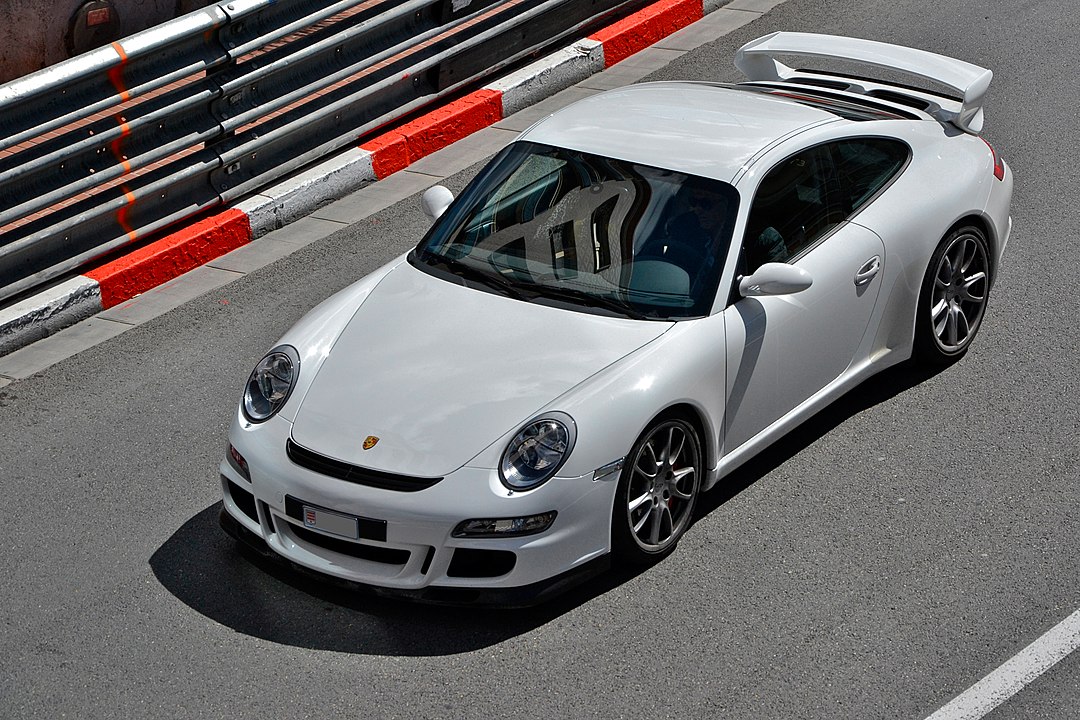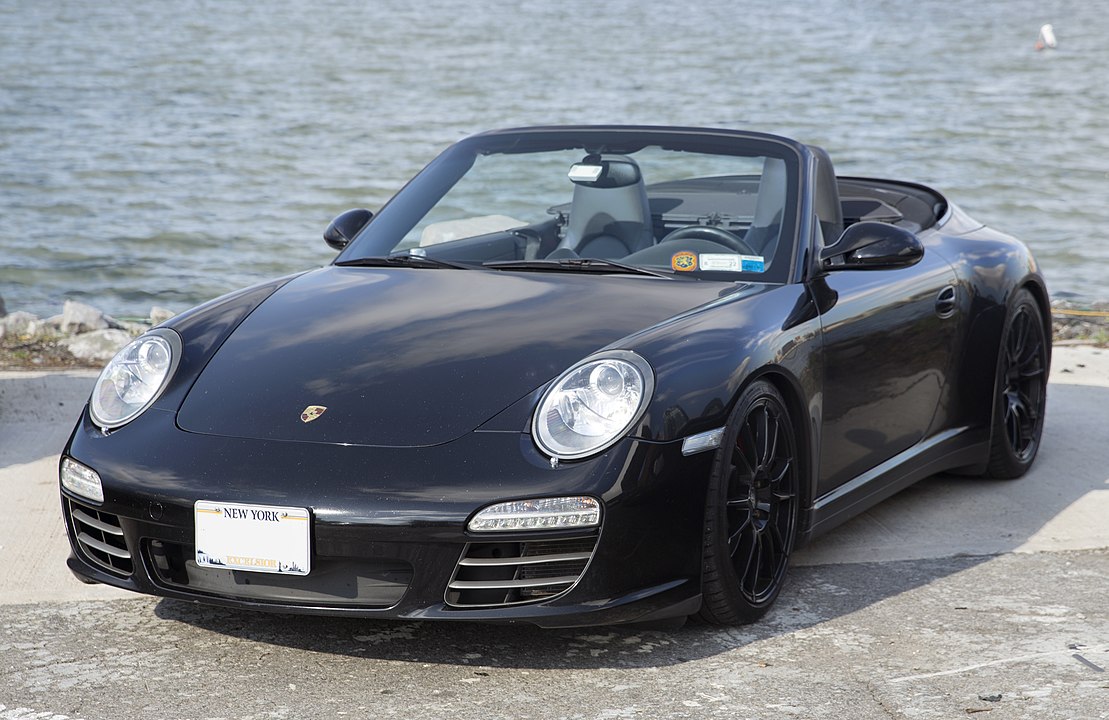
Our top tips when investing in a 997
So you’ve decided that you want to invest in a Porsche 997 but you don’t know where to start on your journey? There can be a lot to think about during this process. You need to decide the model, what you want to get out of your vehicle and what specifics you need it to have to make this work for you. We’re here to help you, we’ve created this handy little buying guide to make sure the process is as smooth as possible for you.
If you’re just taking the initial steps to buying a Porsche 997, this guide will highlight some of the issues and things you need to be aware of before you commit to the purchase.
Do your research!
The first thing to do is to get researching. This is a hugely important step. You need to thoroughly research what you need and what you need to get out of the vehicle. Will you be driving distances? Are you using it for speed? Or will you only be using it to drive short distances? The easiest way to start, before you even start googling, is to write all of this down in a list. Then you can start to look for specific models that match your specific needs and wants. The Porsche 997 can be an amazing investment and you need to ensure that it fits your every need.

By Alexandre Prévot from Nancy, France – Porsche 911 GT3Uploaded by FAEP, CC BY-SA 2.0, https://commons.wikimedia.org/w/index.php?curid=21325673
Is it a reliable car?
Yes, the 997 model is hugely reliable, and a popular choice among Porsche owners. There are however good and bad 997 options, so we want you to have all of the details before proceeding.
The first thing to consider when looking at a used car is the service guide. This will highlight any initial concerns, or red flags that may need picked up by a mechanic. There can be a lot of information online about this too, so make sure you are looking everywhere and consulting trusted sites like ours before you make any decisions.

By Nummer 12 – Own work (photographed in Switzerland), CC BY-SA 3.0, https://commons.wikimedia.org/w/index.php?curid=15248405
Is over-reving an issue?
This is a very common question among potential buyers. It has been widely discussed online and has posed many questions. We wanted to highlight the issue so you can have every piece of information you need before making a decision. If you have searched any online Porsche forum for information about the 997, you are certain to have seen discussions about over-rev events and how important they are.
Some enthusiasts believe they are simply an indication of a sports car being driven ‘enthusiastically’ (something more cautious owners may describe as being ‘thrashed’), but Porsche takes the problem very seriously and over-rev events can invalidate manufacturer warranties. An interrogation of the ECU will tell you how many over-rev events (when the rotational speed of the engine reaches or goes over the rev limiter) there have been and how recently they occurred.

By Mr.choppers – Own work, CC BY-SA 3.0, https://commons.wikimedia.org/w/index.php?curid=113308710
Both parts of the result are significant and could raise concerns about the car. These are worth looking into when purchasing and making sure the engine is not damaged too much by this problem. The ECU records the data in six separate ranges and events in ranges 1-3 are not usually considered to be as serious as those in ranges 4-6. But, it is not simple enough for rules of thumb to be of much use and you’ll need an expert to interpret the results.
This should only be an issue on manuals, as it should not be possible to push Tiptronic and PDK models past the limiter. However, while over-rev events on autos are rare, they are not entirely unknown and if you are spending £20,000 on the car, it is well worth having the check done.
What are the brakes on these cars like?
As you would expect from Porsche, the brakes on the 997 are excellent. Of course, pads and eventually discs are wear and tear items, so need replacing occasionally. If the current owner has had them changed, check that the work was carried out by a Porsche specialist using genuine or OEM parts.
The biggest problem you are likely to encounter is corrosion on the inner disc faces if the 997 has not been used regularly. It is difficult to spot, so it is well worth organising an inspection by a specialist if you are considering buying a low mileage example. Ceramic brakes were available as an option and they do provide exceptional braking performance, making them ideal for track use. However, they cost at least four times as much as standard steel brakes when they need to be replaced, so think carefully before agreeing to pay extra for a 997 with them fitted.

By Adam Woodford – Flickr, CC BY 2.0, https://commons.wikimedia.org/w/index.php?curid=15877740
What about wheels?
The 997’s wheels, particularly the 19-inch alloys on the Carrera S, are susceptible to kerbing damage and expensive to replace. Check them carefully and if they need replacing or refurbishing, make sure you take that cost into consideration when deciding how much to offer. Condition of the tyres is the second most common reason for a Porsche 997 to fail its MOT, so as with any used car purchase, it is important to check the rubber. N-rated tyres can be expensive, so remember to take the cost of any imminent replacements into account when buying. The most common place for them to wear prematurely (due to incorrect wheel alignment) is on the inside edge.

By Adam Russell from England – Flickr, CC BY-SA 2.0, https://commons.wikimedia.org/w/index.php?curid=15695705
Will this become a classic car?
In short, yes it will. This car has longevity better than most out there, and you can now purchase one starting at £23,000. This can vary dependent on condition but this is a great price for a vehicle such as this. We believe in having all of the information necessary to make an informed purchases. We hope that this guide was useful and will help you decide whether the 997 is the car for you.